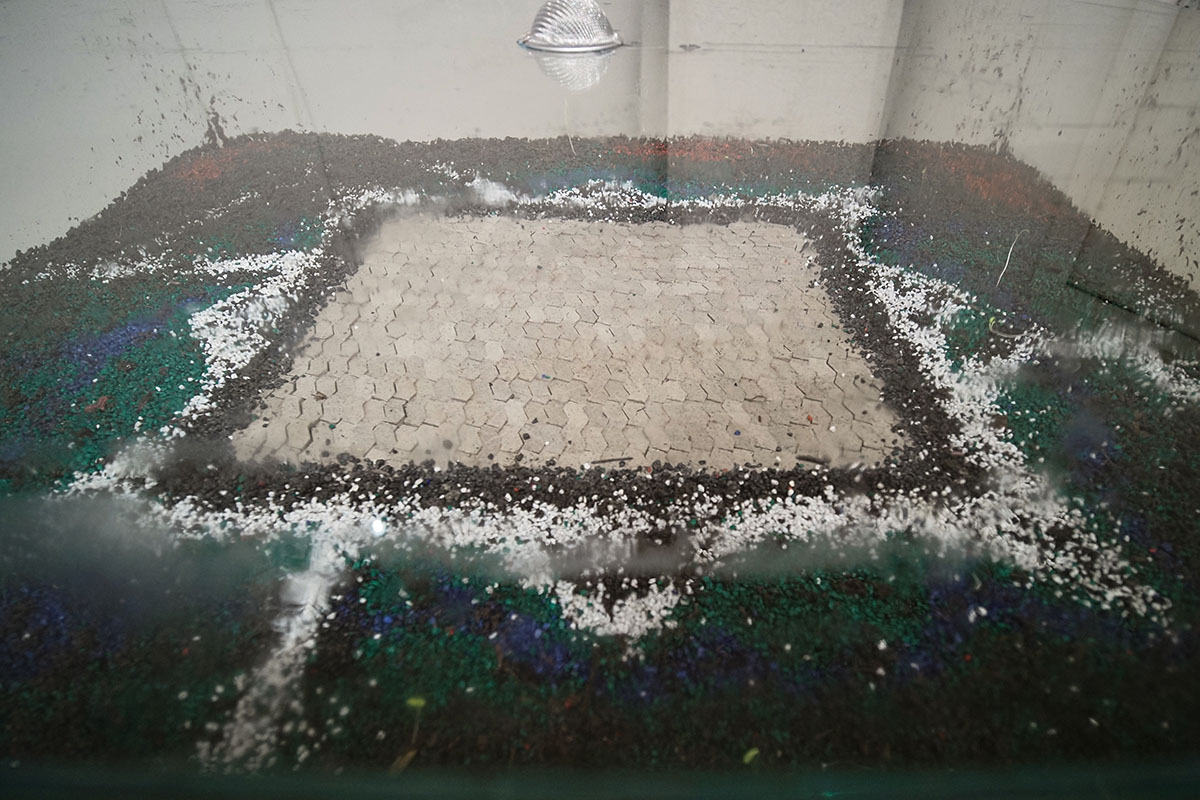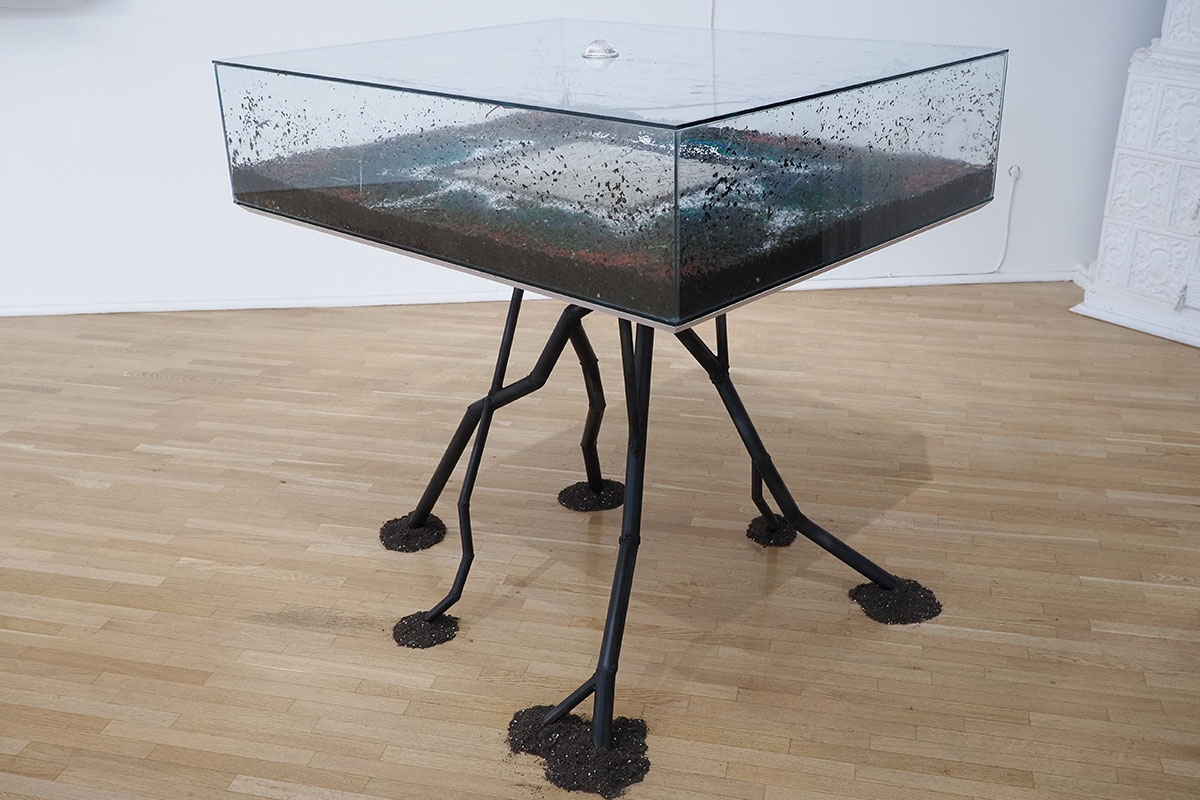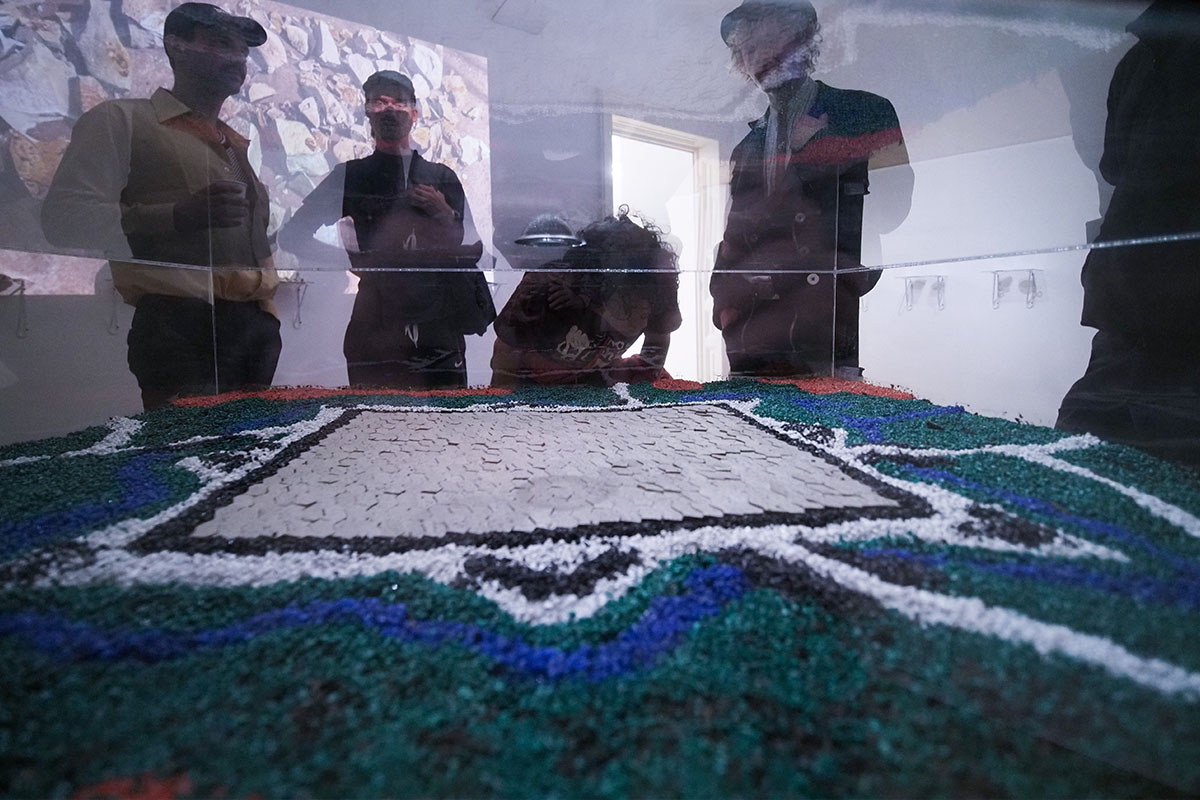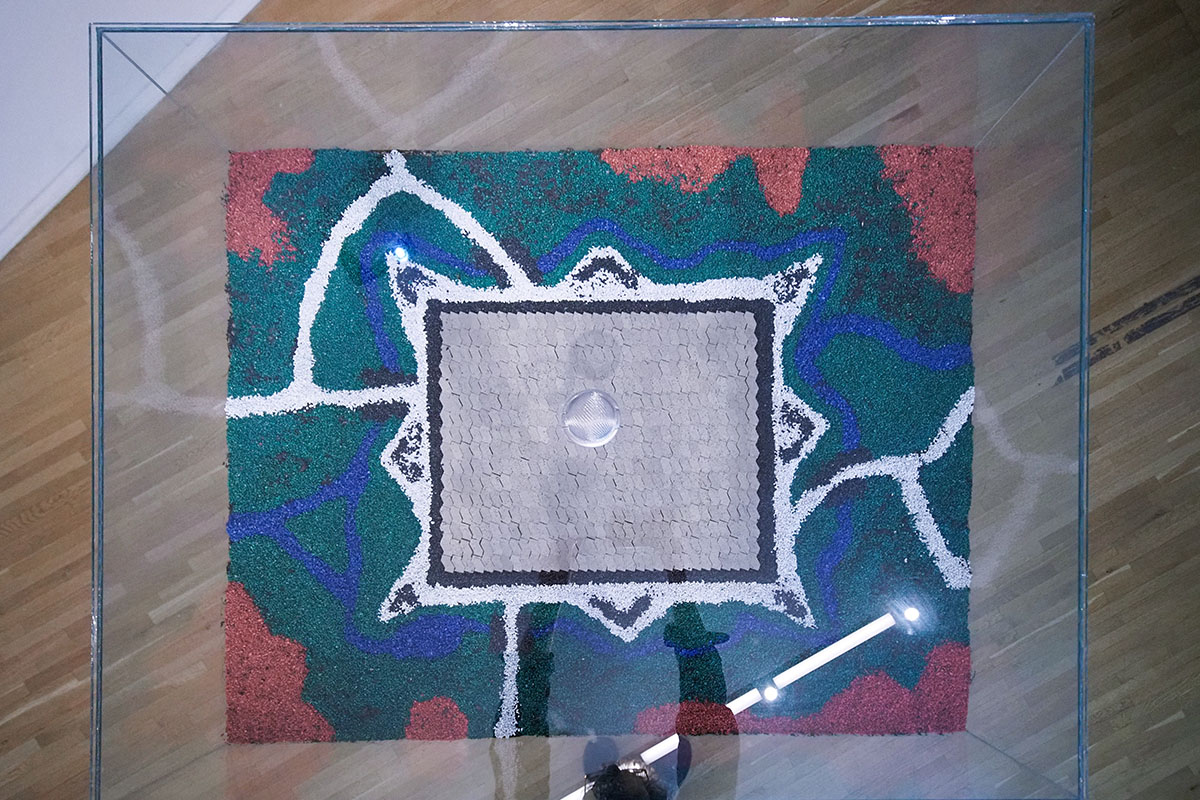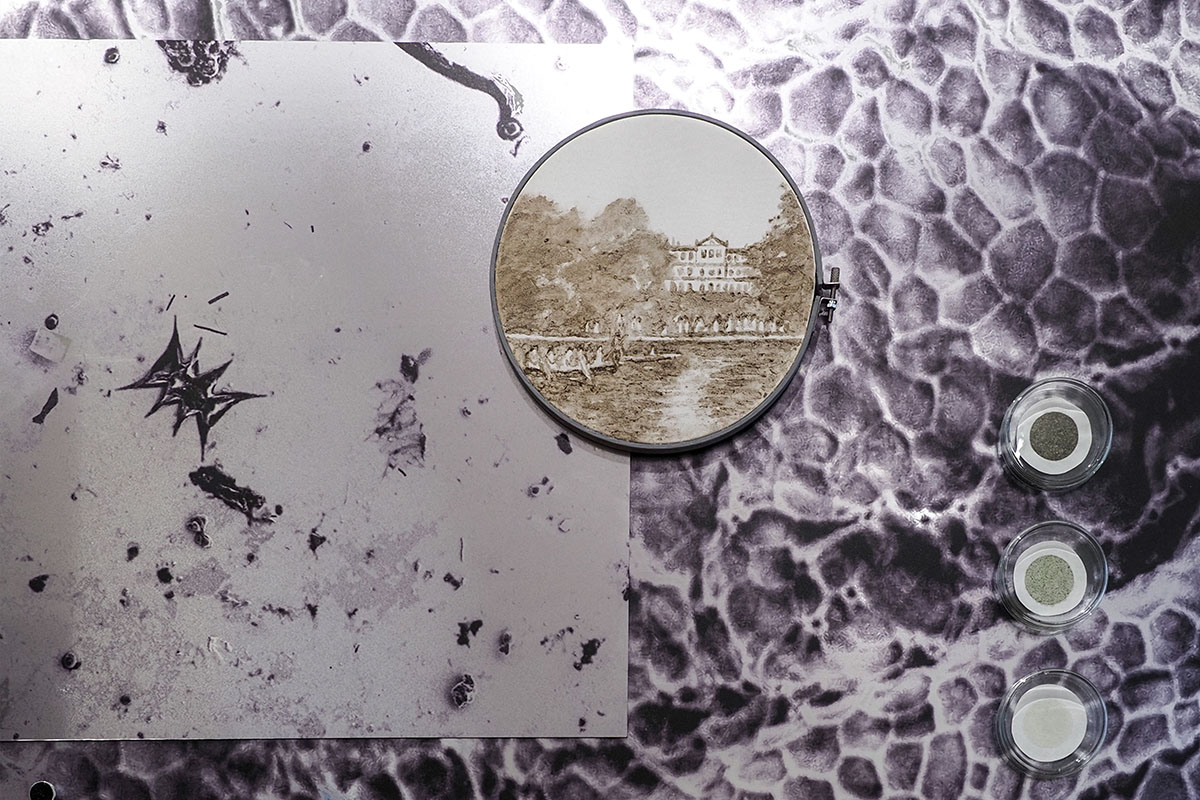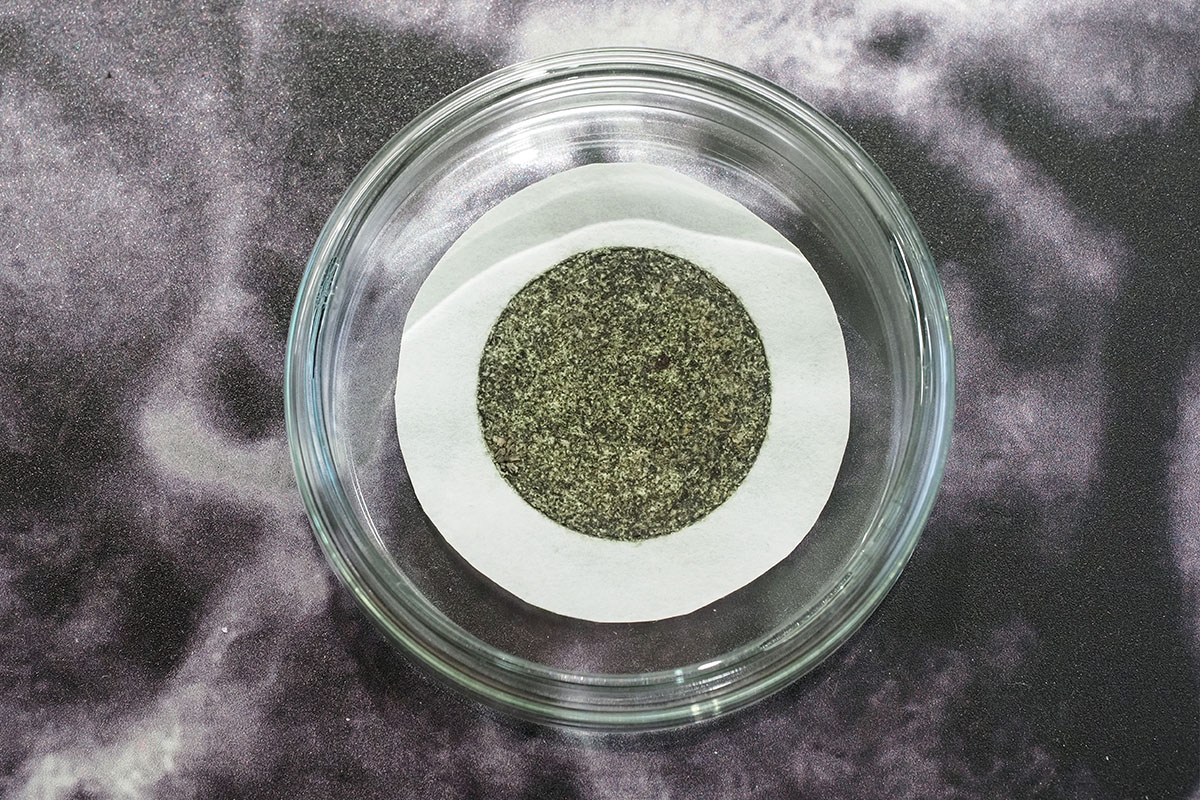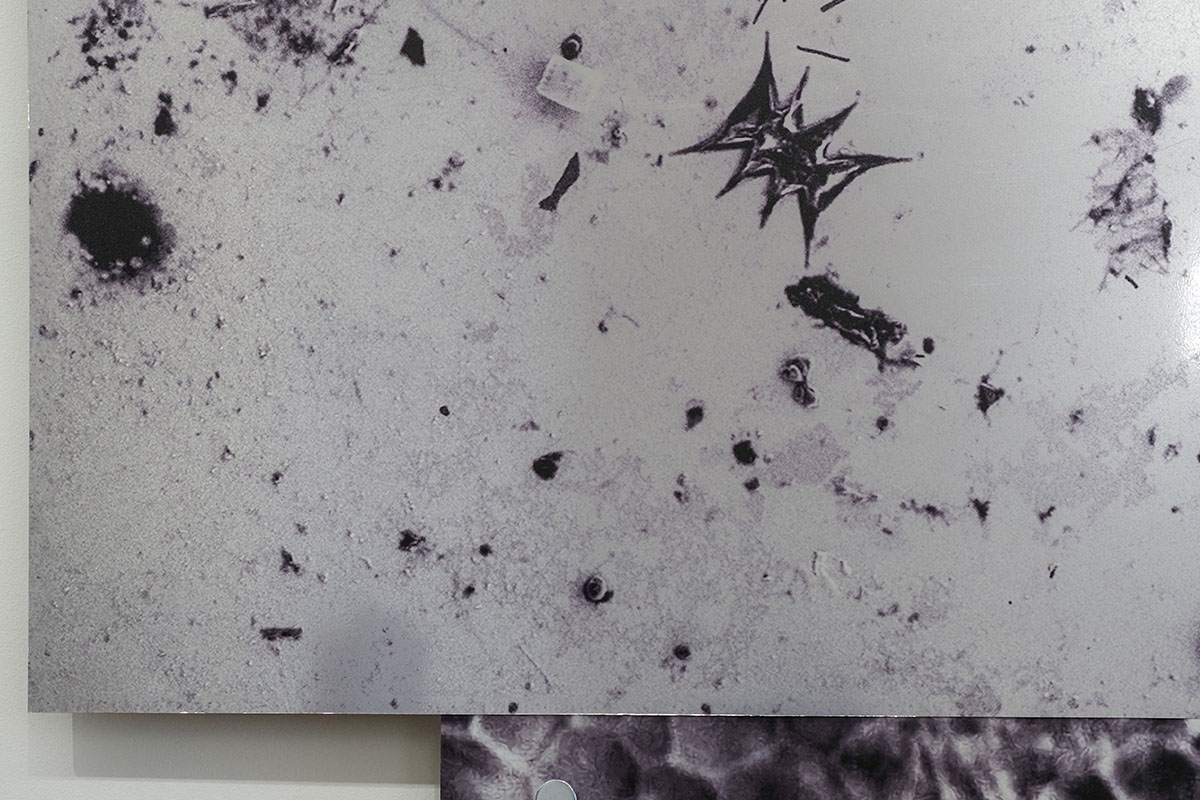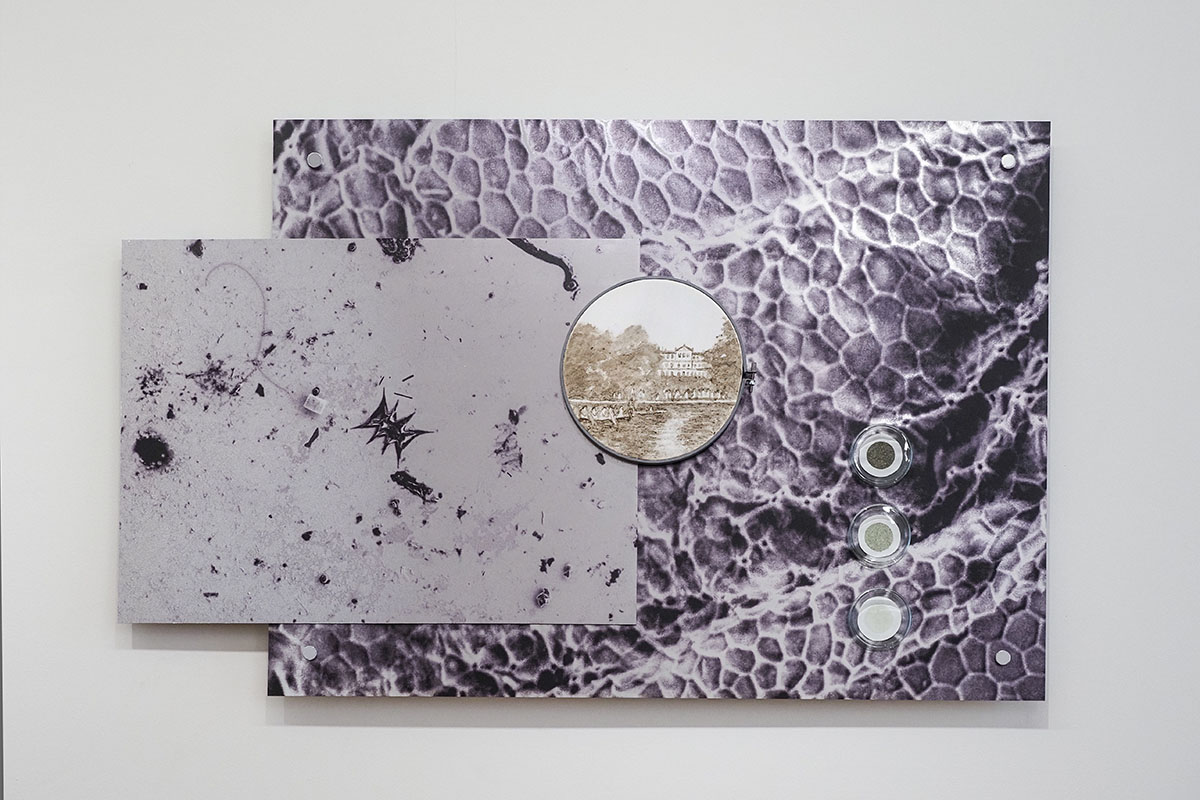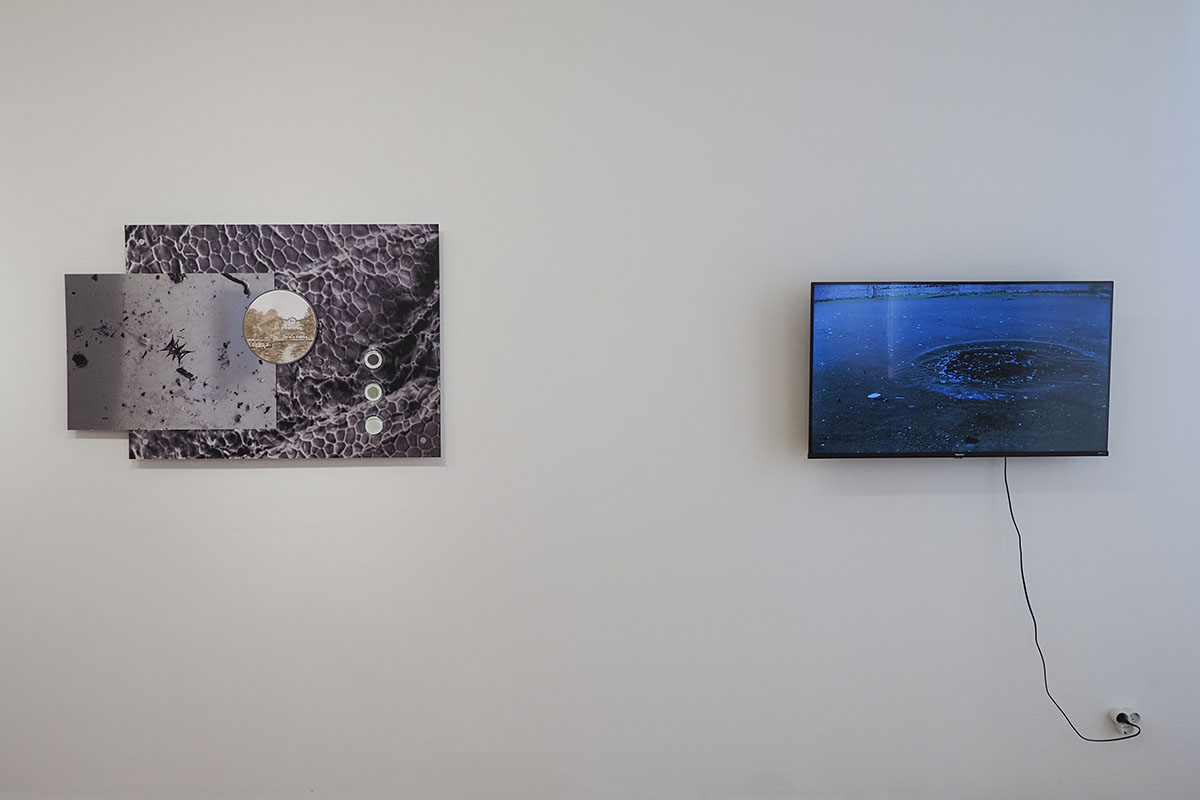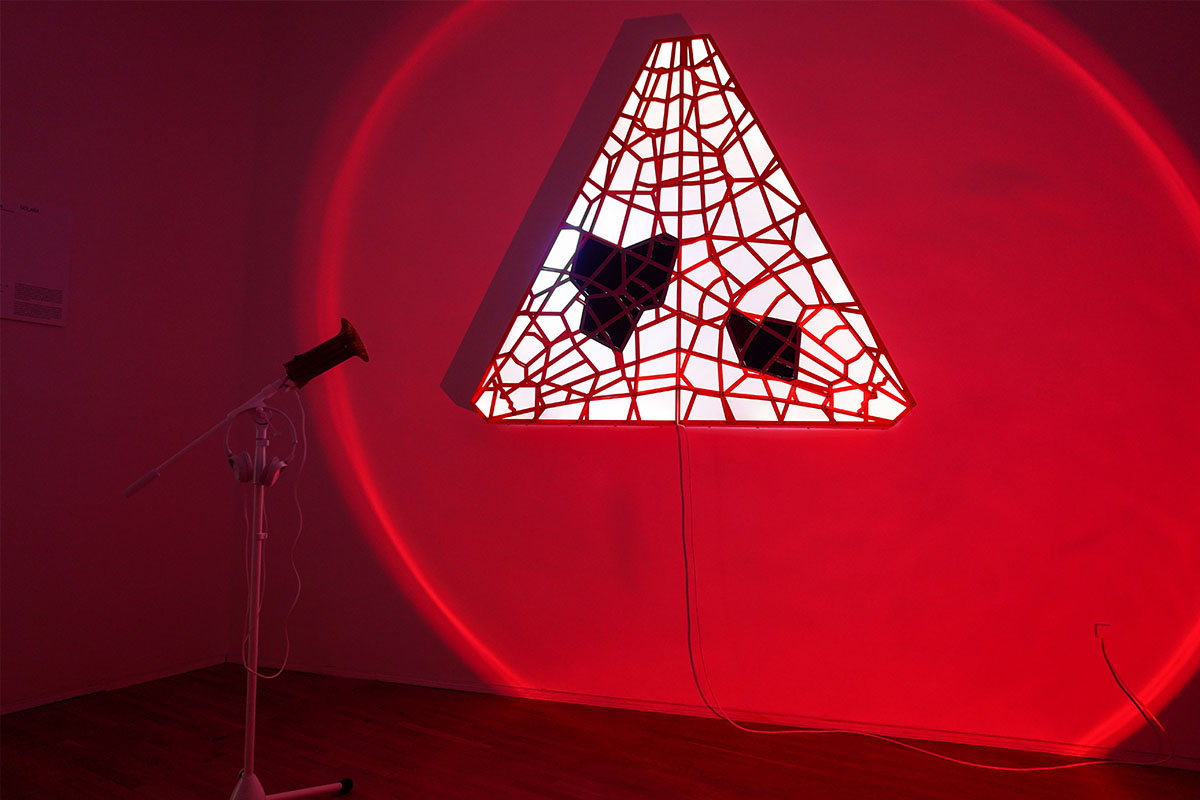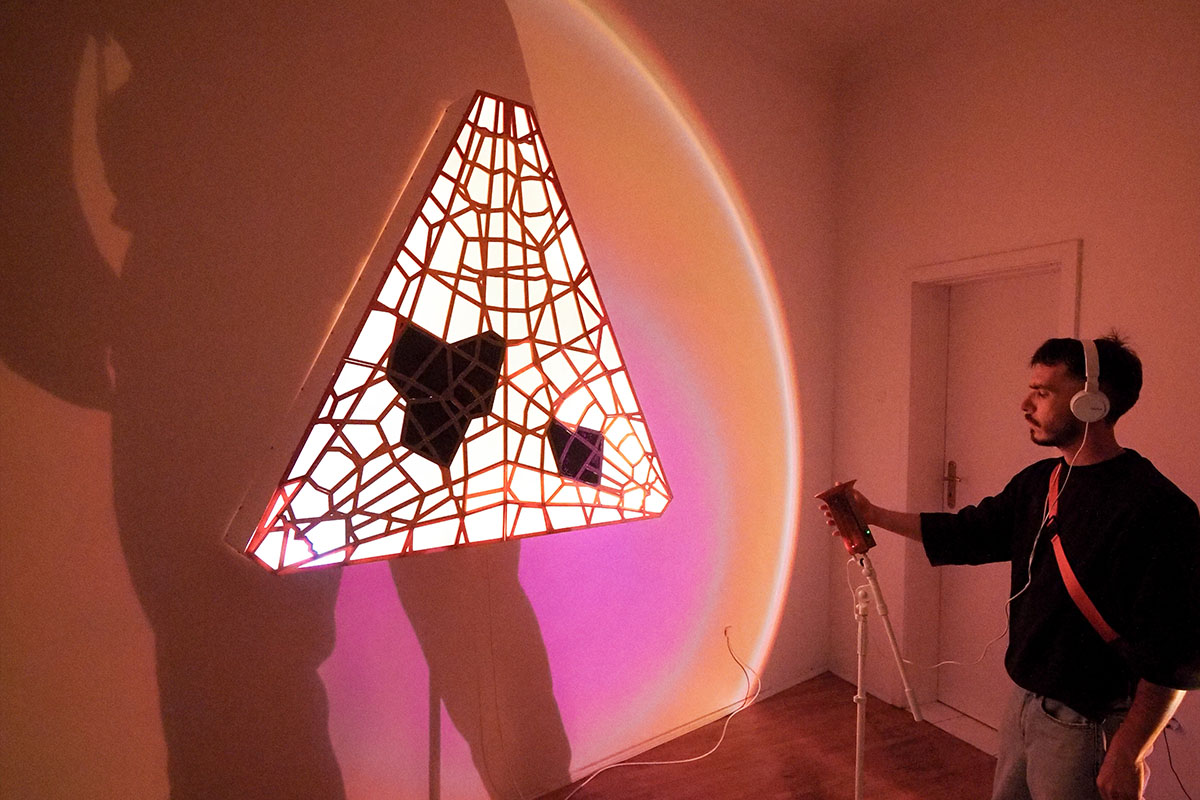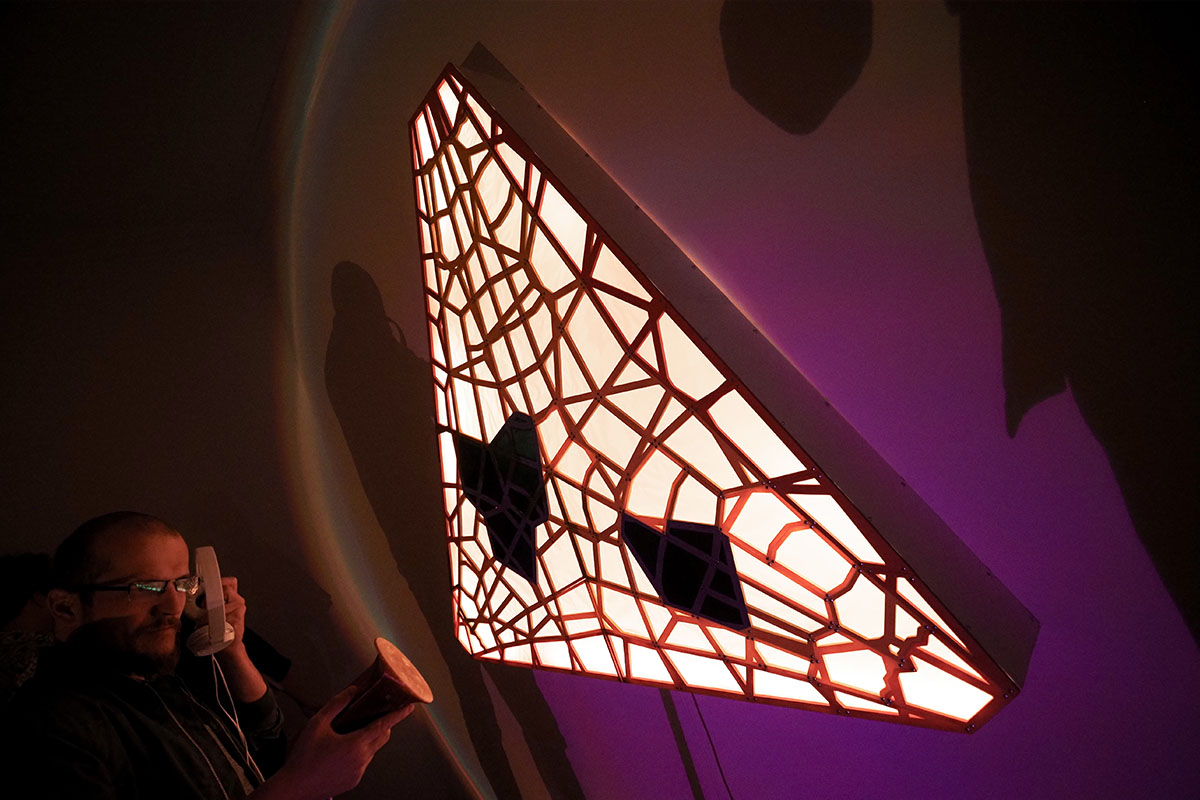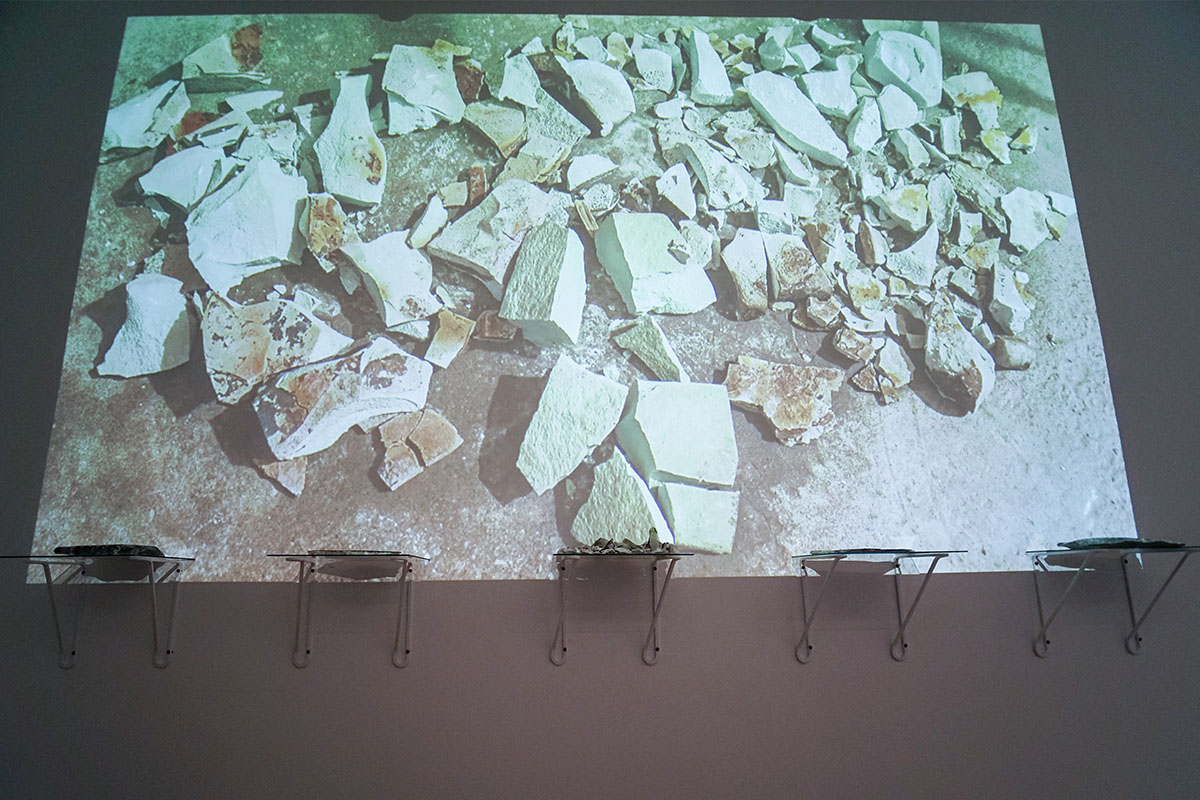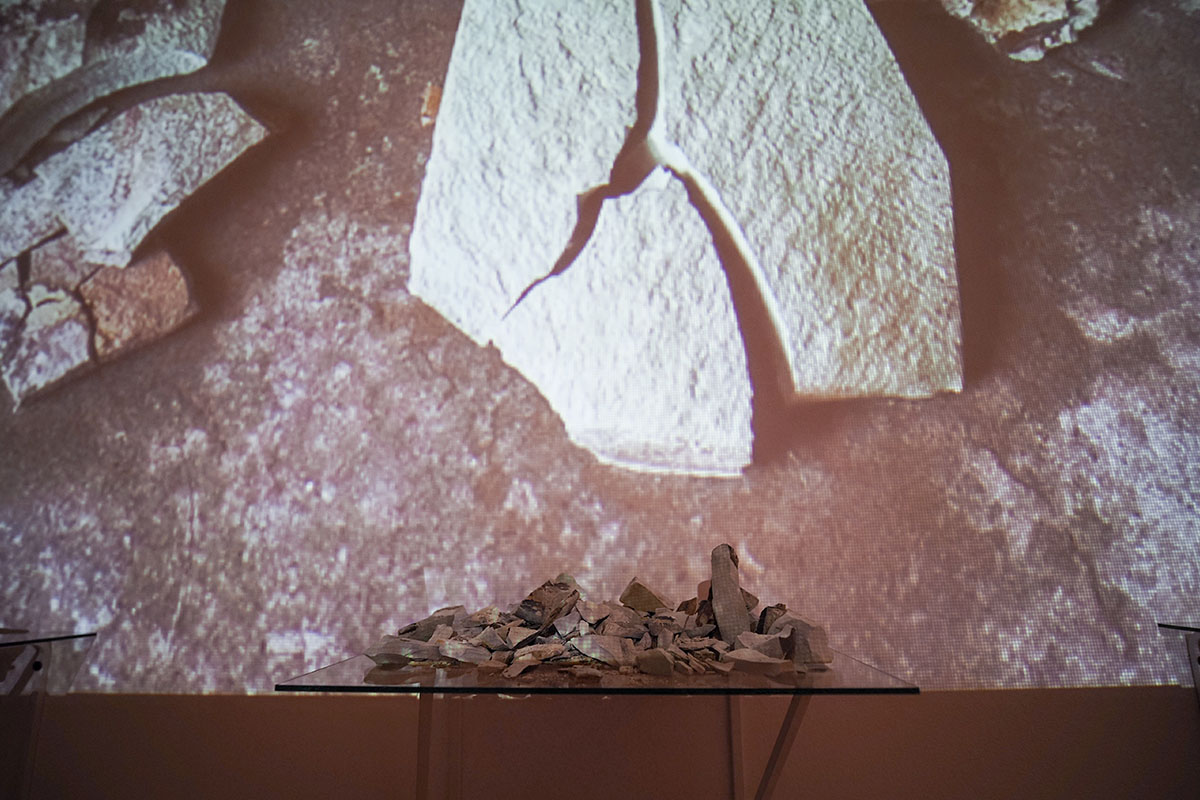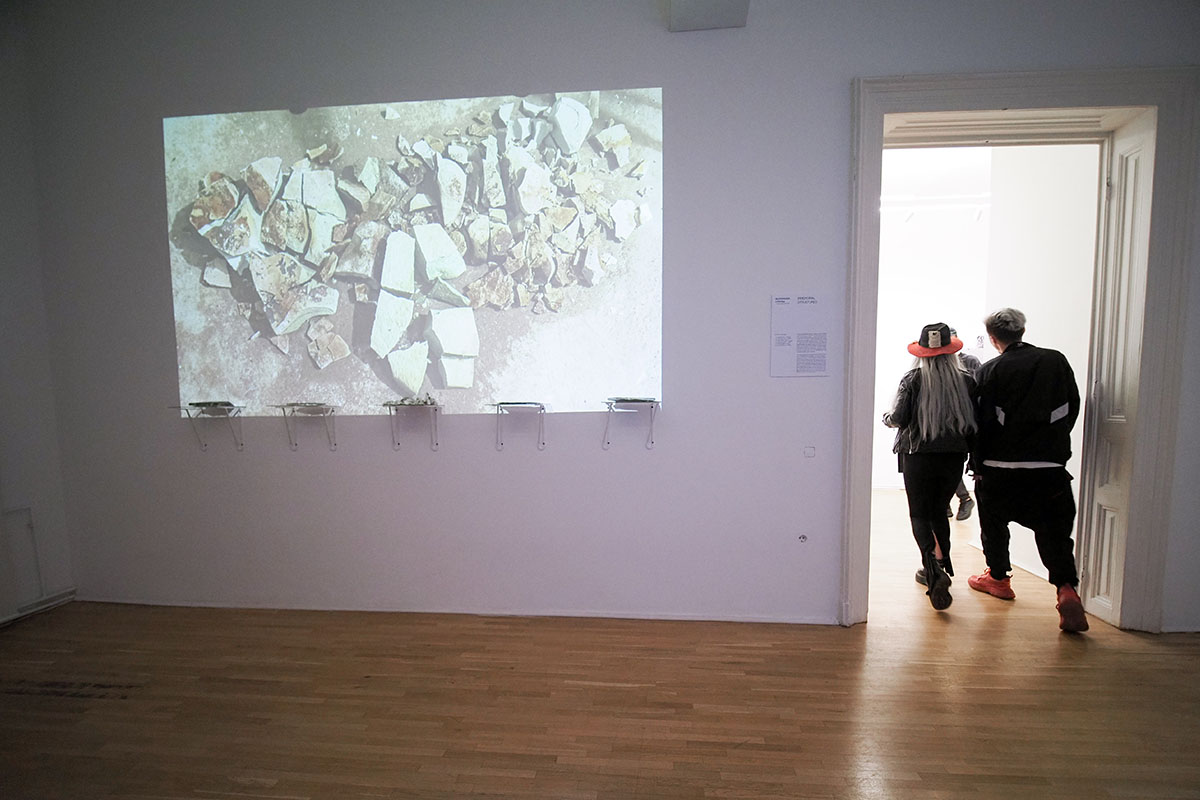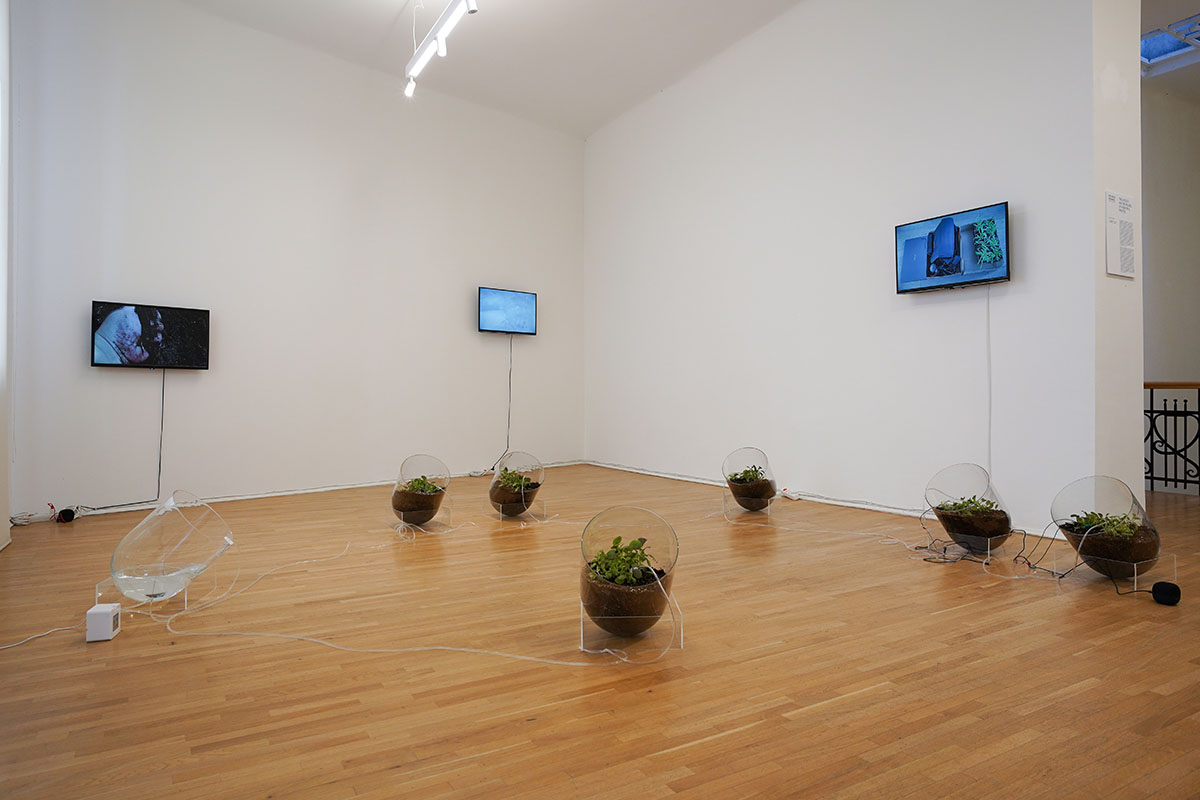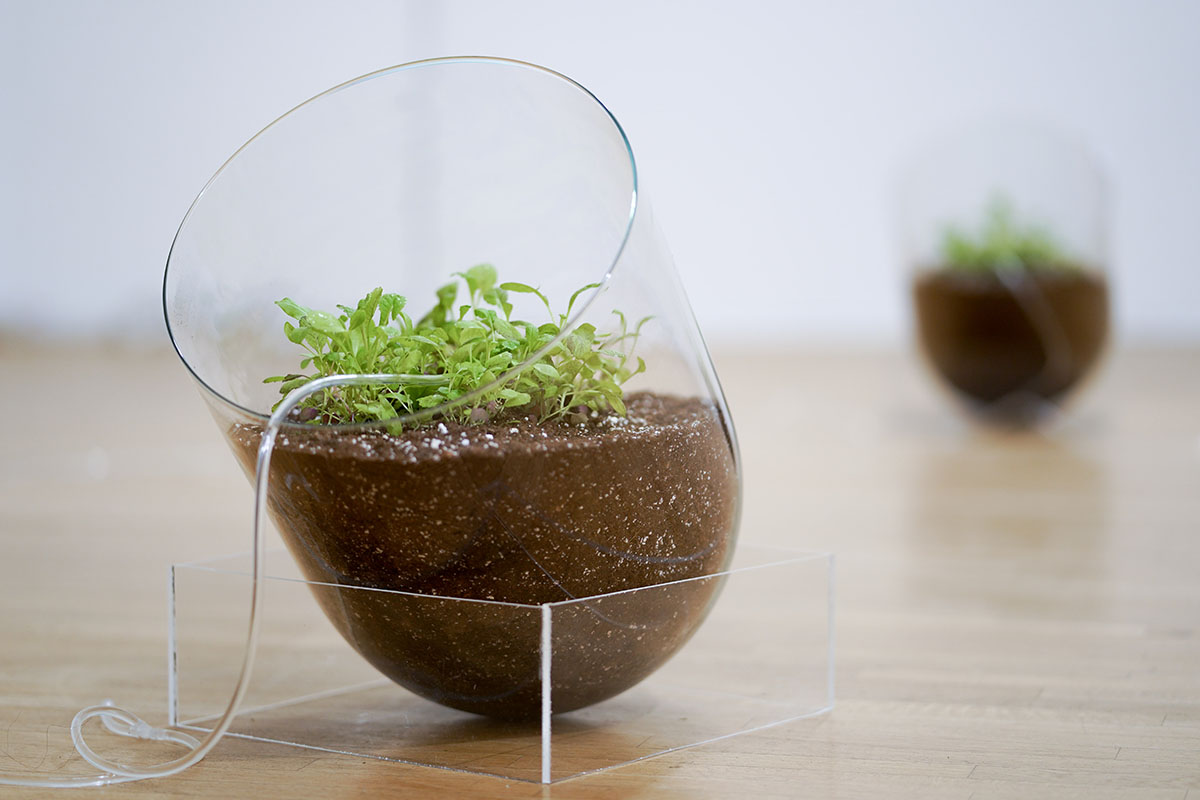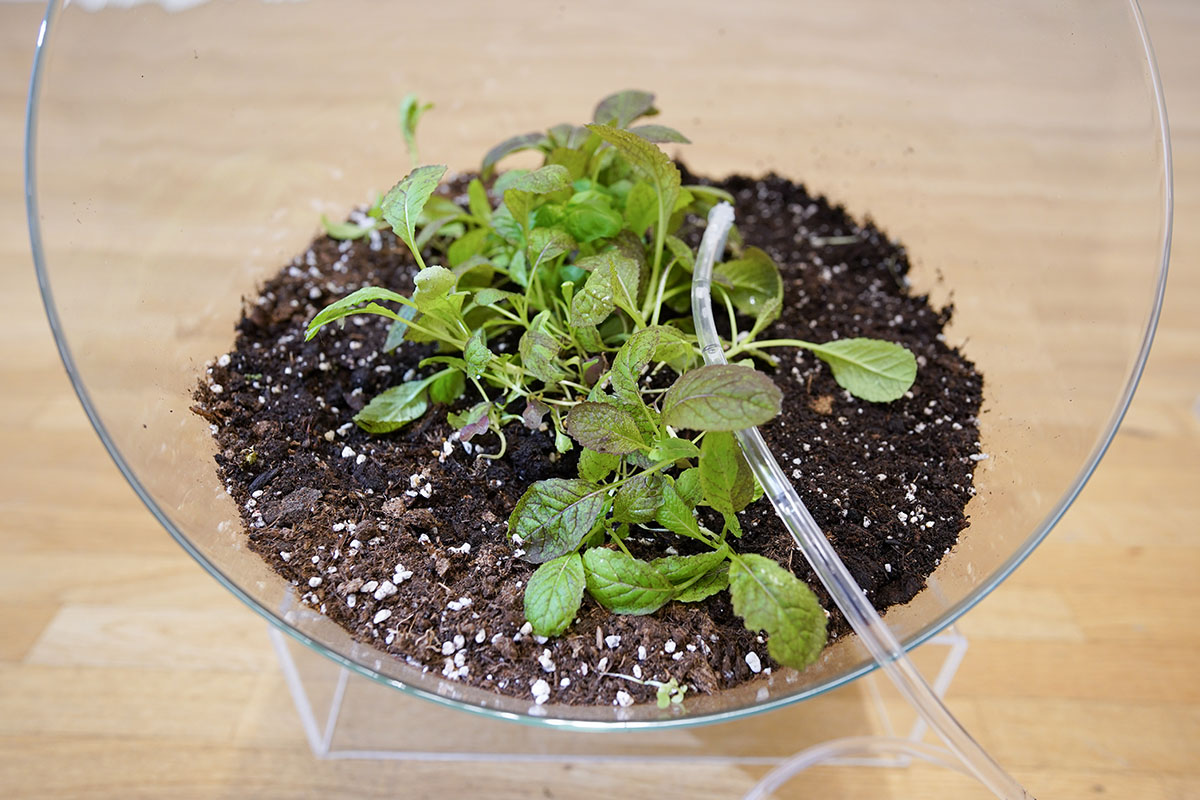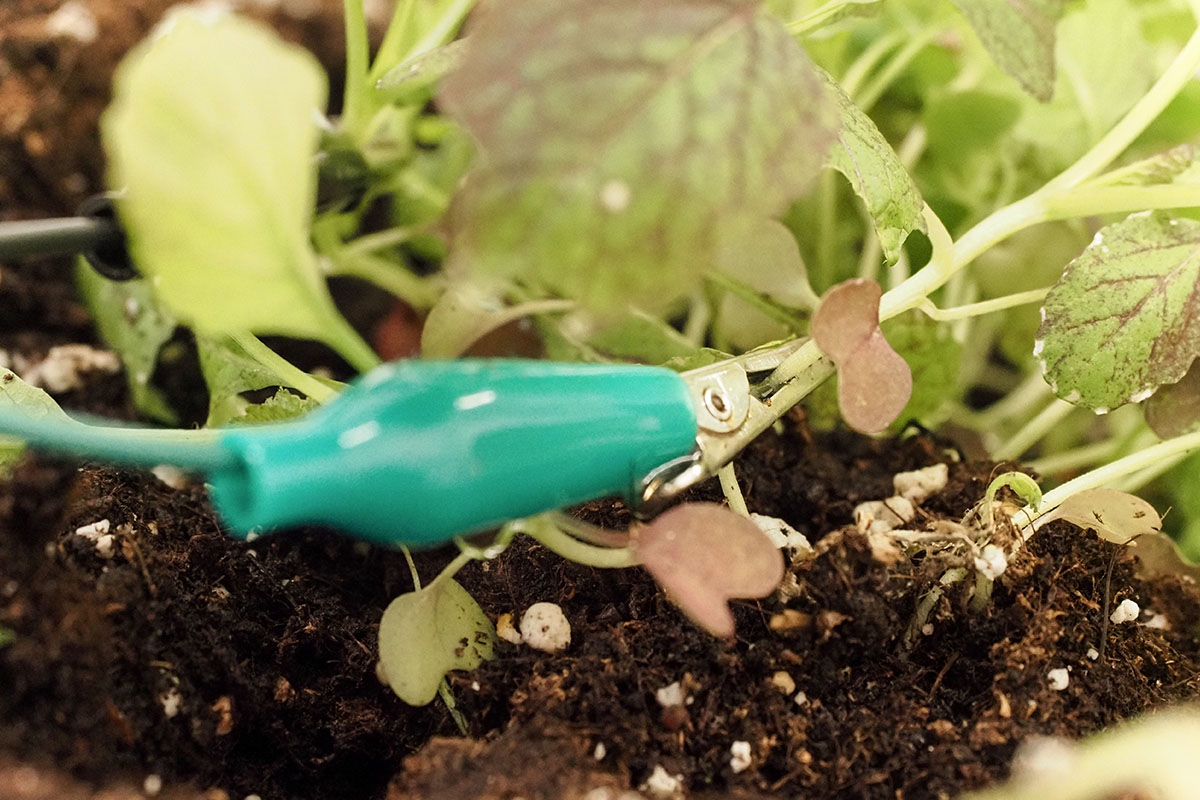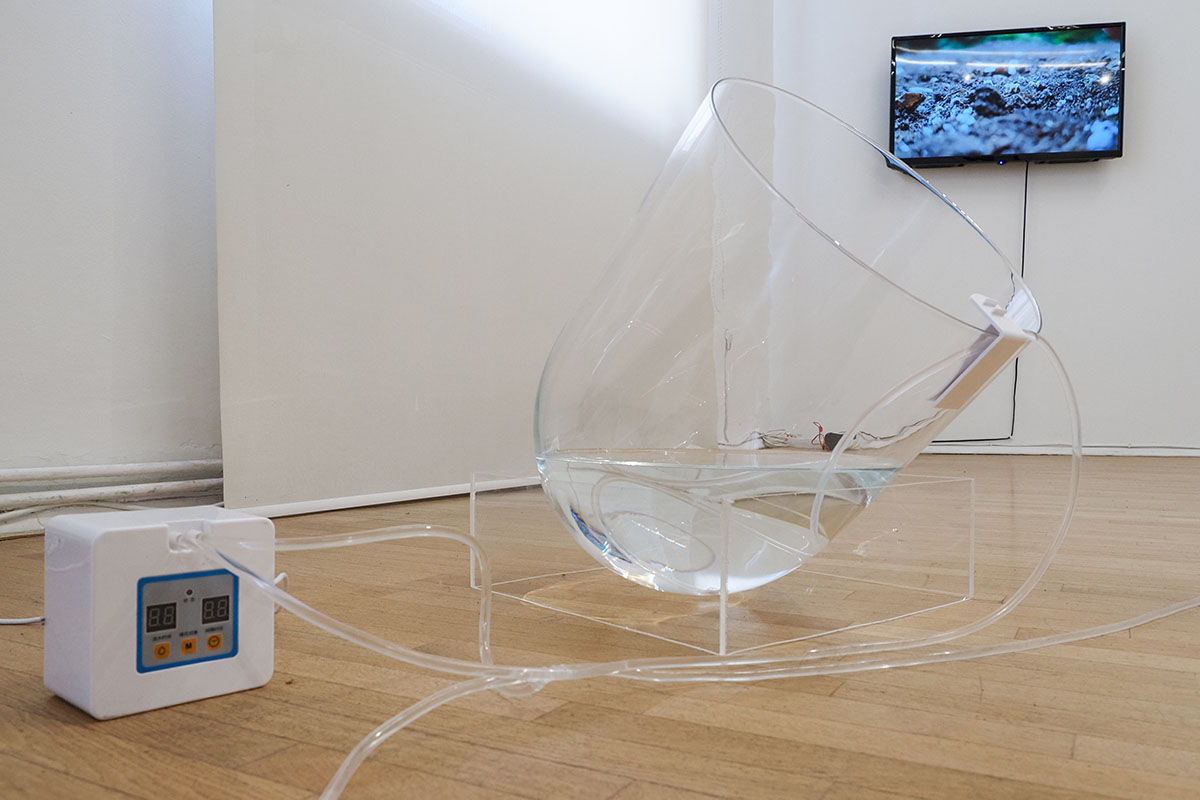Fusion:AIR | 2024
ARTISTS | SCIENTISTS

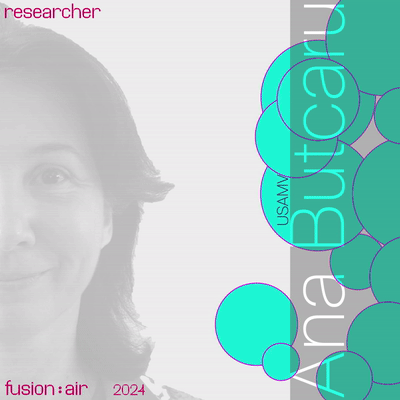
THE MIDNIGHT FEAST
Ole Blank | Dr. Ana Butcaru
THE MIDNIGHT FEAST
Author: Ole Blank
Scientific collaborator: Dr. Ana Butcaru - The Research Center for the Study of the Quality of Agro-Food Products
Ole Blank developed a nutritious requisite for a slow and silent theater play. From plants, clay and paper a material is mixed that can be both sculpture and food for earthworms, who serve as the main actors in this collaborative performance. The play begins on a barren stage, where a large, weathered model of topography and territory is laid out. This model captures the shapes of medieval fortresses intertwined with contemporary urban infrastructure. It resembles a patchwork of concrete cobblestones, that the artist has casted from the invented worm food. Once possibly detailed and intricate, the model now appears cracked and worn, a relic of both ancient and modern times.
The earthworms slowly emerge onto the stage, moving with quiet determination. They begin to burrow into the model, nibbling at the edges of the artificial landscape. As they consume the material, the once rigid lines and textures crumble away. However, rather than leaving emptiness behind, the earthworms transform the remnants into something new. The broken pieces blend into the soil, creating a fresh, rich layer of earth that covers the stage. The worms continue to work, leaving behind a foundation full of potential for new growth. They demonstrate how nature renews itself, turning what was once lifeless into a source of new beginnings.
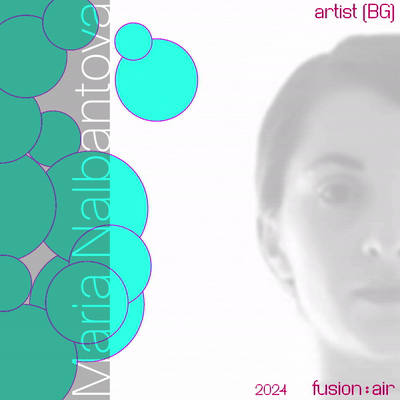
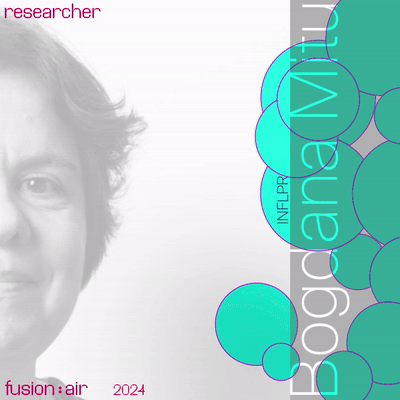
THE POOL IS NEVER EMPTY
Maria Nalbantova | Bogdana Mitu, Victor Diculescu, Anca Aldea
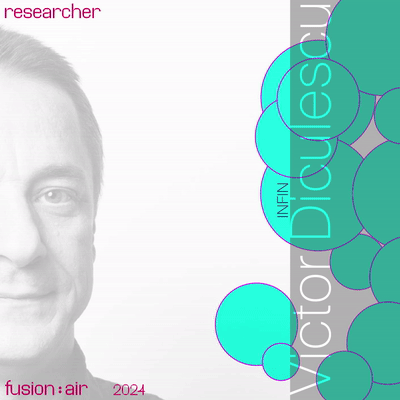
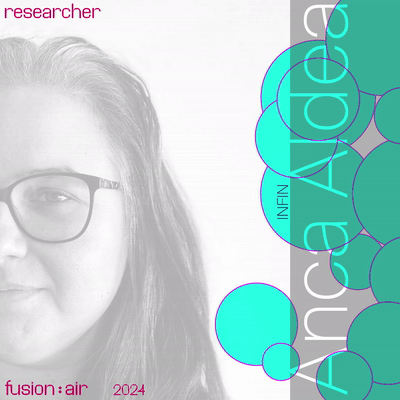
THE POOL IS NEVER EMPTY
Author: Maria Nalbantova
Scientific Collaborators: Dr. Bogdana Mitu - The National Institute for Laser, Plasma and Radiation Physics
Dr. Monica Enculescu, Dr. Daciana Botta,Dr. Mihaela Beregoi,Dr. Anca Aldea, Dr. Victor Diculescu, Dr. Ionuț Enculescu - National Institute of Materials Physics
Dr. Corina Simion - Horia Hulubei National Institute for R&D in Physics and Nuclear Engineering
Spring, lake, pool – fluid reimagining of time. Water carries stories and memories of the entanglements among people, plants, algae, insects, microorganisms, bacteria – both human and nonhuman. What if causality worked in reverse, with the future influencing the past?
Inspired by the quantum physics concept of retrocausality, The Pool is Never Empty explores the fluid relationships surrounding Oteteleșanu Manor in Măgurele. At the end of the 19th century, the Manor became an institute for girls, teaching them to be “good wives, mothers, and keepers of the domestic spirit”. Today, Măgurele is home to scientific institutes with many women researchers.
Through water extraction, pigment creation, scientific and archival data, the work speculates on how the future might reshape our understanding of history.
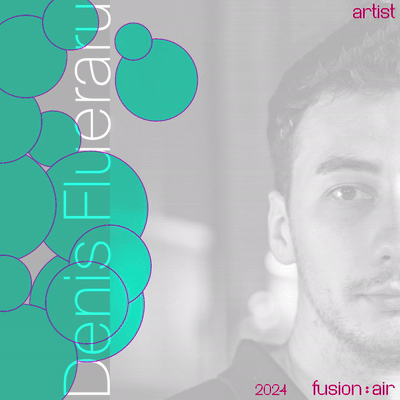

SOLARA
Denis Flueraru | Maximilian Teodorescu
SOLARA
Author: Denis Flueraru
Scientific Collaborators: dr. Maximilian Teodorescu , dr. Marius Echim | The Institute of Space Science
Interactive installation that presents the paradox between humanity and the sun. This duality between the giving and destruction of life reflects our fragility and interdependence with nature, emphasizing that what sustains us can also consume us.Interaction: Visitors are invited to explore the sonic dimension of sunspots using the device that captures electromagnetic frequencies.
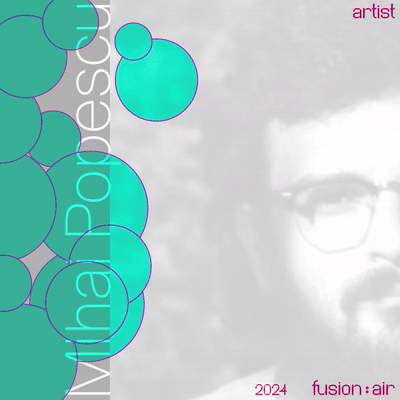
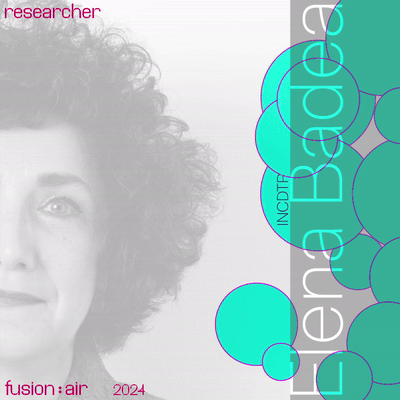
HOW LONG SHOULD ART/MEMORY LAST?
Mihai Popescu | Elena Badea
HOW LONG SHOULD ART/MEMORY LAST?
Author: Mihai Popescu
Scientific Collaborator: dr. Elena Badea | The National Research and Development Institute for Textiles and Leather Bucharest
An honest question from both perspectives. Among the best-preserved records of humanity are parchments. Mineral pigments on animal skin, ‘in touch with nature,’ you could say. However, many of them are documents that now seem mundane; would you keep an accounting ledger 2,000 years from now? What exactly would you want to preserve? Photos, recordings, written words, memories?
How do you preserve an installation? Art and the notion of preservation somewhat go hand in hand, but do they still withstand contemporary media? On the other hand, digital media can be very fragile and ephemeral; memory can easily be lost from one generation to the next.
The installation raises these questions, trying to put you in the shoes of a future archaeologist. A sea of fragile, crumpled, fluorescent, synthetic, and ephemeral prints, versus a precious, natural parchment, created to perhaps outlast its own memory, or the ability to understand its original purpose.
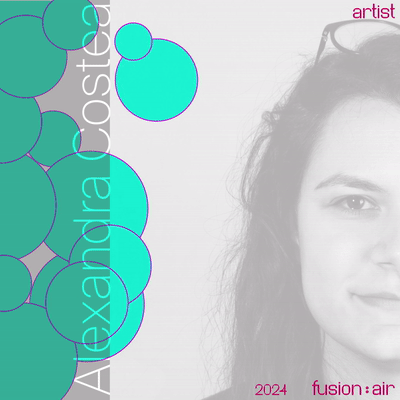

IMMEMORIAL STRUCTURES
Alexandra Costea | Dr. Bogdana Mitu
**IMMEMORIAL STRUCTURES **
Author: Alexandra Costea
Scientific Collaborator: dr. Bogdana Mitu |The National Institute for Laser, Plasma and Radiation Physics
The project explores the vague boundaries of stone memory, emphasizing its preservation. The central element— zeolitic volcanic tuff—possesses the property of deteriorating over time due to water exposure, causing its form to be in constant transformation. We have become accustomed to considering stone as a witness to evolution, storing all the world’s changes within its structure. But what happens when it gradually disappears, turning into dust?
Through plasma treatment, it is possible to preserve the stone’s relatively initial state, making it hydrophobic, and thus enabling the conservation of its memory. The installation proposes a study on memory preservation, highlighting the transformations of the stone and the ways in which its memory can be preserved.
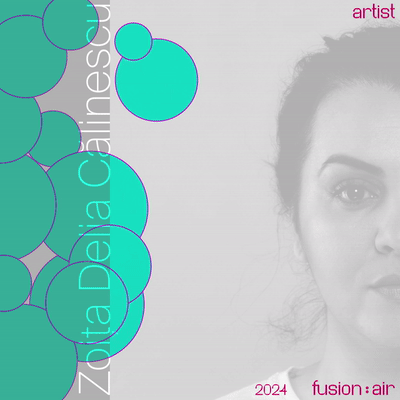

THE SUCCESS AND THE FAILURES OF A BEAUTIFUL PRACTICE
Zoița Delia Călinescu| Dr. Bogdana Mitu
THE SUCCESS AND THE FAILURES OF A BEAUTIFUL PRACTICE
Author: Zoița Delia Călinescu
Scientific Collaborators: dr. Bogdana Mitu |The National Institute for Laser, Plasma and Radiation Physics, Dr. Ana Butcaru | The Research Center for the Study of the Quality of Agro-Food Products
Can traditional technological practices for plant growth and development withstand a complicated climatic future? How can we prevent the disappearance of dozens of species each year? What radical changes will the ecosystem undergo, and where will this lead us?
In The Success and the Failures of a Beautiful Practice, artist Zoița Delia Călinescu presents a personal study that contrasts traditional plant-growing techniques with experimental ones, exposing plants to three types of hydration: plasma-activated water, bi-distilled water, and untreated well water. The artist is interested in how these plants communicate and adapt to the process, and whether treatments with plasma-activated water and bi-distilled water can be a solution for the future.
The installation consists of garden fragments encapsulated in ovoid glass that operates on a simple drip irrigation system using plasma-activated water. Alongside the installation, the artist presents a series of video artworks that stagger the entire plant growth process.
